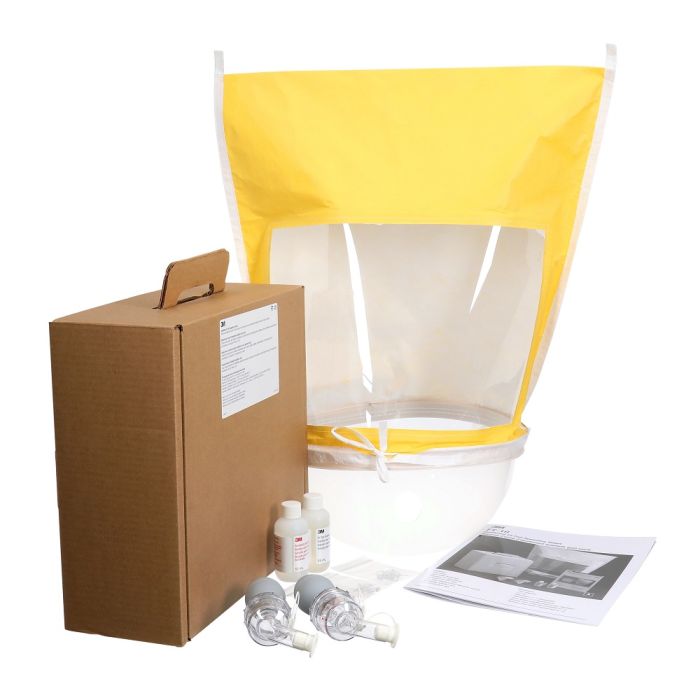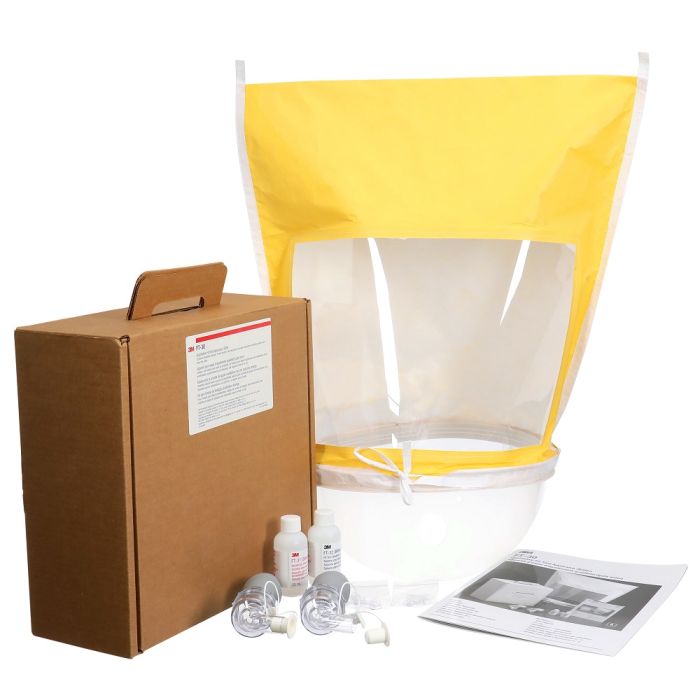PROFESSIONAL HEARING PROTECTION - HOW TO CHOOSE
Resource Center Topics
Coronavirus Information
Ebola Information
Ebola Virus Information
Ebola Donning
Ebola Doffing & Disposal
Hearing Protection
Avian Bird Flu Information
Chemical Safety
General Workplace Safety
Basic First Aid
Ergonomics
OSHA Checklist for General Industry
Welding Safety
Healthcare/Laboratory
Electrical Safety
Hearing Protection Basics
Ratings
Devices (earmuffs, ear plugs) that protect an individuals hearing are rated by NRR. The NRR rating of headsets typically is in the range of 22 to 25dB, and earplugs can attain up to 29dB of noise reduction. Some products, exceed these ratings, such as the X5A headset, which attains a NRR of 31dB. Important to note, is that wearing earplugs and earmuffs, do not result in a combination of NRR. For example, Earplugs with an NRR of 29, and earmuffs with an NRR rating of 25dB, do not result in an NRR of 54dB. All devices assume proper fit and use. Typically, earmuffs are much easier to use correctly, but provide slightly less protection than earplugs.


